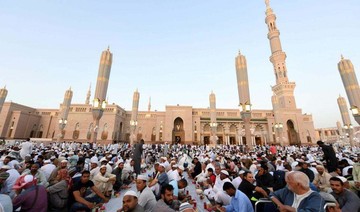MAKKAH: Makkah is famous for being a vibrant city throughout the year. Its long Umrah season, followed by the Hajj season, makes it a rich place visited by all nationalities from around the world. Makkah conforms to its culture, identity and profound heritage, especially during the holy month of Ramadan.
If you want to experience the aesthetics of Ramadan, Makkah is a Saudi city that’s wonderfully diverse. Citizens of different races were brought together by their love for Makkah, which they have chosen as a residence. This has characterized its identity and satisfied its customs and social patterns, making it unique among Saudi areas and cities.
The Mayor of Rea Zakher neighborhood, Fahad Al-Harbi, observes many traditions and historical features in Makkah, some of which have died out while others are still ongoing. Al-Harbi speaks of old neighborhoods that surrounded the Makkan sanctuary, and how they contributed to the culture of sharing and cooperating and laid friendliness in a small geographical area, linking districts and population centers of different races and spectrums.
Al-Harbi says Makkah witnesses an increased activity during Ramadan, one of the great occasions that reflect the cultures of this city’s citizens and how they create their own happiness.
The work in ful, Sobia, Arabic sweets and other shops increases and their owners are friendly with people. All owners of specific food sell their products with pleasure and ease. They sing beautiful tunes they inherited while selling balilah, fried dumplings and soup.
Al-Harbi also tells about districts in Makkah that become crowded every year owing to sports events and witness the residents of one neighborhood bringing lights and drawing the lines of football and volleyball playgrounds. Tournaments are also held during Ramadan where the neighborhoods’ mayors give away trophies in the final games.
“The citizens of many neighborhoods near the sanctuary, such as Al-Shubaikha, Al-Gemmezah, Al-Tundobawi, Jarwal and others, compete to serve pilgrims during Ramadan. They give them water during breakfast, guide lost people and help the elderly to get to the sanctuary, and these are traditions the citizens of Makkah are proud of, while considering them their duties,” Al-Harbi added.
Businessman and engineer Amin Hafez noted that throughout the years, the royal neighborhood has maintained its cultural value which reflects the spiritual and heritage side of Makkah. In its districts, the citizens of Makkah meet pilgrims and get to know each other, establishing a great brotherhood and beautiful friendship.
Hafez said the royal neighborhood included models of Makkan houses, popular cafés, small shops, old cars that were used in the past and the Makkan heritage and architectural museum. All this diversity has made Ramadan nights in the city incomparable with any other cities: they are old neighborhoods that were linked to the Makkan sanctuary, some of which have faded away with the commitments of widening the Grand Mosque.
One elderly man from the Jarwal area near the Makkah sanctuary, Faleh Al-Moutaweh, told of many Ramadan traditions Makkah was renowned for but have died out. People have become busier with the widening of urbanism in Makkah.
In the past, the houses in Makkah during the holy month were painted on the inside and outside, welcoming Ramadan. Lights were used and sessions set in the streets near the houses where men spent their nights during Ramadan. The curtains, mattresses and cushions were cleaned, and two days before Ramadan, preparing red and white Sobia was a must.
Al-Moutaweh added that young men and women used to compete to serve pilgrims. They used to go to the Makkan sanctuary before the evening prayer, carrying Zamzam water and dates in beautiful pots. They would communicate with pilgrims in the languages they had learned and serve them yogurt and coffee for the whole holy month.
Experience the aesthetics of Ramadan in Makkah
Experience the aesthetics of Ramadan in Makkah
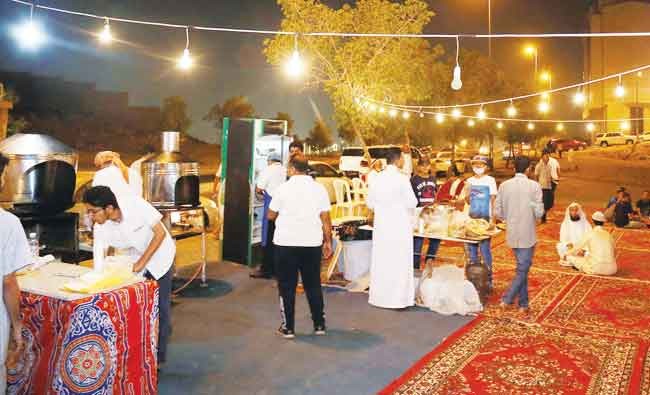
- The citizens of many neighborhoods near the sanctuary, such as Al-Shubaikha, Al-Gemmezah, Al-Tundobawi, Jarwal and others, compete to serve pilgrims during Ramadan
- The houses in Makkah during the holy month were painted on the inside and outside, welcoming Ramadan
Saudi Arabia announces Red Sea Fashion Week
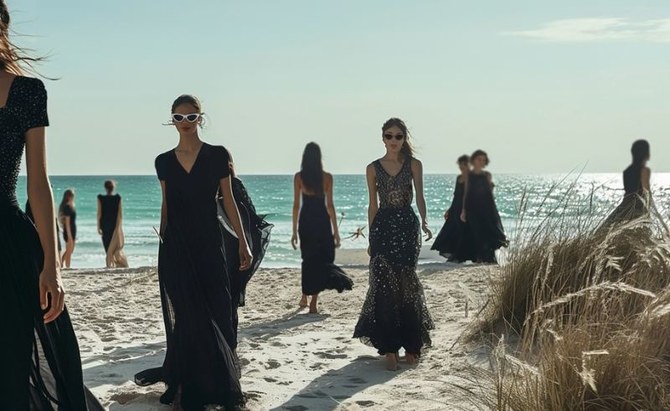
DUBAI: The Kingdom is all set to host the inaugural Red Sea Fashion Week. Set against the waters of Ummahat Island, the glitzy event is scheduled to take place from May 16-18 at The St. Regis Red Sea Resort.
Red Sea Fashion Week, which is organized by the Saudi Fashion Commission, will showcase local and international designers. It aims to celebrate the fusion of traditional Saudi aesthetics with cutting-edge contemporary design.
Among the highlights will be the participation of Saudi 100 Brands, an initiative spearheaded by the Fashion Commission to support and promote emerging local talent.
Saudi Arabia played host to its first fashion week in 2023, in Riyadh. The event took place in the King Abdullah Financial District from Oct. 20-23 and set the stage for a new fashion capital in the Middle East.
Bella Hadid launches Orebella fragrances
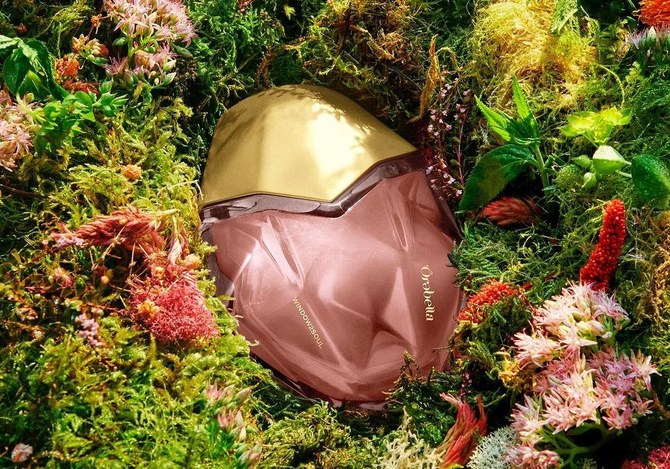
DUBAI: American fashion model Bella Hadid has launched a range of fragrances under her beauty brand, Orebella.
The entrepreneur, of Dutch and Palestinian descent, posted pictures of herself alongside the products — Salted Muse, Blooming Fire and Window2Soul — on Instagram.
The fragrances are available in 10, 50 and 100 mL bottles.
Hadid described them as “hydrating, alcohol-free and enriched with essential oils.”
According to reports, the Salted Muse fragrance has top notes of sea salt, pink pepper and carbon dioxide extract, heart notes of olive tree accord, fig and lavender, and base notes of cedarwood, sandalwood and amber.
Blooming Fire has bergamot, cedarwood, clove leaf and cardamom, followed by Tahitian monoi and jasmine and finishes with patchouli.
Window2Soul has a blend of lemon, geranium and mint in its top notes, transitions to jasmine and damask rose and ends with a base of tonka bean.
“For me, fragrance has always been at the center of my life, helping me feel in charge of who I am and my surroundings,” Hadid said on her website.
“From my home to nostalgic memories, to my own energy and connection with others, scent has been an outlet for me. It made me feel safe in my own world.
“Through my healing journey, I found that I was extremely sensitive to the alcohol in traditional perfumes, both physically and mentally, it became something that was more overwhelming than calming to me.
“That is the main reason I wanted to find an alternative, so essential oils became an artistic and experimental process for me.”
Hadid said she started growing lavender on her farm and learned about her family’s tradition of making scents.
“I realized I might have a calling in this. I found healing, joy and love within nature’s scents.
“This is why I am so proud of Orebella. It was truly a dream and a passion that through the universe and authentic dedication was able to become this brand.”
Riyadh-based soap-maker Mayassem Tamim’s compelling chemistry of Saudi fragrances and flavors
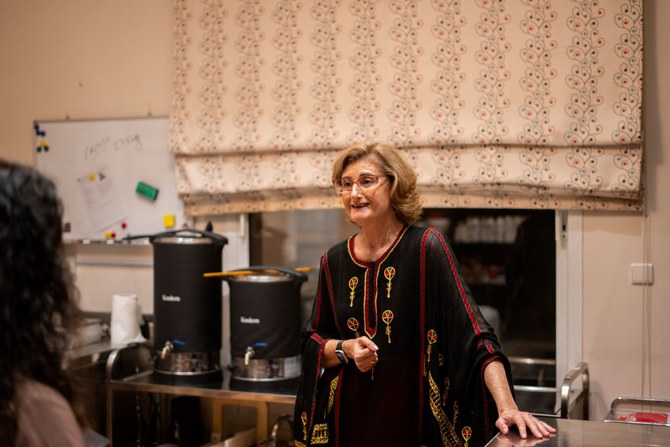
- Businesswoman uses locally-sourced ingredients, no chemicals
- Olive oil, camel milk, honey, dates, Zamzam water key materials
RIYADH: Mayassem Tamim has had a passion for handmade soaps from a young age, and as an adult would search the globe for such products.
She discovered various products in several cities including Tripoli’s eco-friendly creations at Khan Al-Saboun and Provence’s boutique lavender offerings.

In 2018, she decided to set up her own company, the Riyadh-based Mayassem, that produces luxury handmade soaps from Saudi Arabia-sourced natural ingredients.
She told Arab News: “My hope is these soaps, at least a few of the ones that become traditional, are going to help establish something in Saudi Arabia that is considered pure to the region. It doesn’t have to be just my brand of soap, but it can be an industry that is localized.
“We’re doing everything new in Saudi Arabia. Why not this?”

Her products have no harmful chemicals and are handcrafted at her home atelier using sustainable, organic ingredients to ensure that they are gentle on the skin. The materials are locally sourced including extra-virgin olive oil from Al-Jouf, camel milk from Janadriyah, honey from Baha, and dates from Qassim.
She considers the soaps mini canvases, each splashed with a unique blend of non-toxic coloring inspired by their ingredients. The “Bliss” bar for example, made with Zamzam water and lavender fragrance, is crafted to resemble the Kaaba. The “Tamr” bar reflects the palette of the Saudi Arabia landscape as it features oud, saffron and turmeric fragrance, date paste, and camel milk.
“I know it’s a soap and not a painting but sometimes it is a feeling in me. I was very sad at the loss of a cousin, Rana, which in Arabic means song. So for one of my soaps, I decided to go with blue colors and called it ‘Celestial Melody.’ Sometimes it’s just things that simple,” the artisan said.
The soaps come in floral, fruity, woody, citrus, or unscented options. While their main categories are classic, seasonal and signature, she also crafts limited-edition soaps, including an 18-box drop featuring bars encrusted with crystals such as lapis lazuli and black onyx. The brand also offers hand-poured candles made with natural soy, coconut and beeswax, as well as hand cream.
“People can buy soap 10 times cheaper at the supermarket. If I’m not offering them something that adds to the moisturization, that is organic, that does not harm them, and remains beautiful as long as they’re using it, I might as well not start at all,” she said.

With her background in biology, the chemistry of soap-making came naturally to her. She began experimenting, with aesthetics and organic products in mind, over a couple of years until she began testing her final product on family and friends.
After retiring from the UN Development Program, Mayassem began investing her time in her business. Her products have been featured in shops at Jeddah’s Islamic Arts Biennale and Diriyah’s Contemporary Arts Biennale, various homegrown market locations, and pop-up stores.
“I think I’m living the best years of my life because I’m thoroughly working on something that I’m enjoying tremendously. Not to say that I did not enjoy my career. I was very happy with the work I did, but it was time to start a new chapter in my life,” she said.
While artisans have been embedded in local culture for ages, the brand aims to call attention to their value by keeping the business hand-crafted and artisanal in line with its ethos. “I don’t want it to become a job. I want it to stay a passion,” she said. “Artisans, whether they’re making soap, embroidery, or painting, bring out the value in a country. And we have different regions, so it also brings out the identity of a country.”
Robert De Niro’s publicist denies video shows actor shouting at Pro-Palestine supporters

- Footage shared online was scene from upcoming Netflix series, Stan Rosenfield says
- ‘Someone copied the post and fabricated an entirely different and bogus meaning,’ he says
DUBAI: Robert De Niro’s publicist has shut down a rumor that a video clip widely shared online shows the 80-year-old actor confronting pro-Palestinian protesters in New York.
The 34-second clip has been shared on social media with the caption: “Robert De Niro stands with Israel!”
But publicist Stan Rosenfield told CNN that the Hollywood veteran was actually rehearsing a scene for his upcoming series in which he plays a former president.
“What you saw was a direct scene from the Netflix series ‘Zero Day,’ with Robert De Niro reading lines as written in the script,” he said.
The video was shot on the streets of New York on Saturday and in the clip, De Niro’s character was confronting a crowd of people, he said.
“Someone copied the post and fabricated an entirely different and bogus meaning,” he said.
Netflix supported the story, according to a report by Just Jared.
In the clip, De Niro yells at the crowd: “This is not a movie! This is not a movie! Move behind the barricade. You like talkin’ nonsense? Then you gotta go home!
“That’s dangerous and they say they’re gonna do it again! Again! You don’t want that. You don’t want that. None of us want that. C’mon. Let’s all get serious.”
The footage was shared by various pro-Israel accounts on social media with some claiming the words “They say they’re gonna do it again” were a reference to the Hamas attack on Israel on Oct. 7.
The Weeknd donates $2 million for humanitarian aid in Gaza
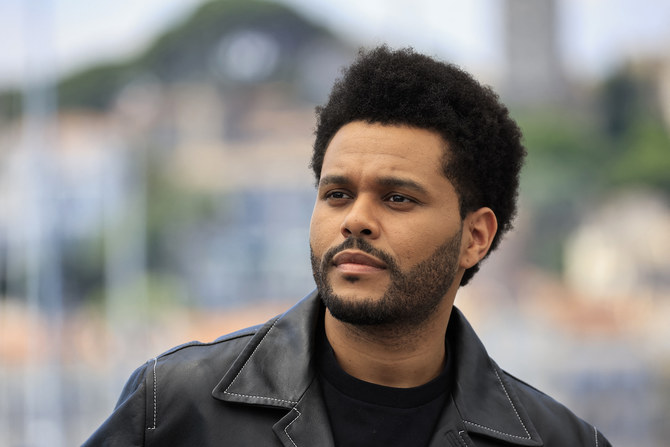
DUBAI: Canadian singer The Weeknd has pledged to donate another $2 million to help feed families in Gaza, the United Nations’s World Food Programme reported.
The donation comes from the star’s XO Humanitarian Fund, which helps combat global hunger.
“This support will provide over 1,500 metric tons of fortified wheat flour, which can make over 18 million loaves of bread that can help feed more than 157,000 Palestinians for one month,” said WFP.
In December, the multi-platinum global recording artist, whose given name is Abel Tesfaye, donated $2.5 million to WFP from the fund, which he established in partnership with World Food Program USA. That equated to 4 million emergency meals, funding 820 tons of food parcels that could feed more than 173,000 Palestinians for two weeks.
Tesfaye, who was appointed a Goodwill Ambassador in October 2021, is an active supporter of WFP’s global hunger-relief mission. He, his partners and his fans have raised $6.5 million to date for the XO fund.
In total he has directed $4.5 million toward operations in Gaza and has sent $2 million to support WFP’s emergency food assistance for women and children in Ethiopia.




